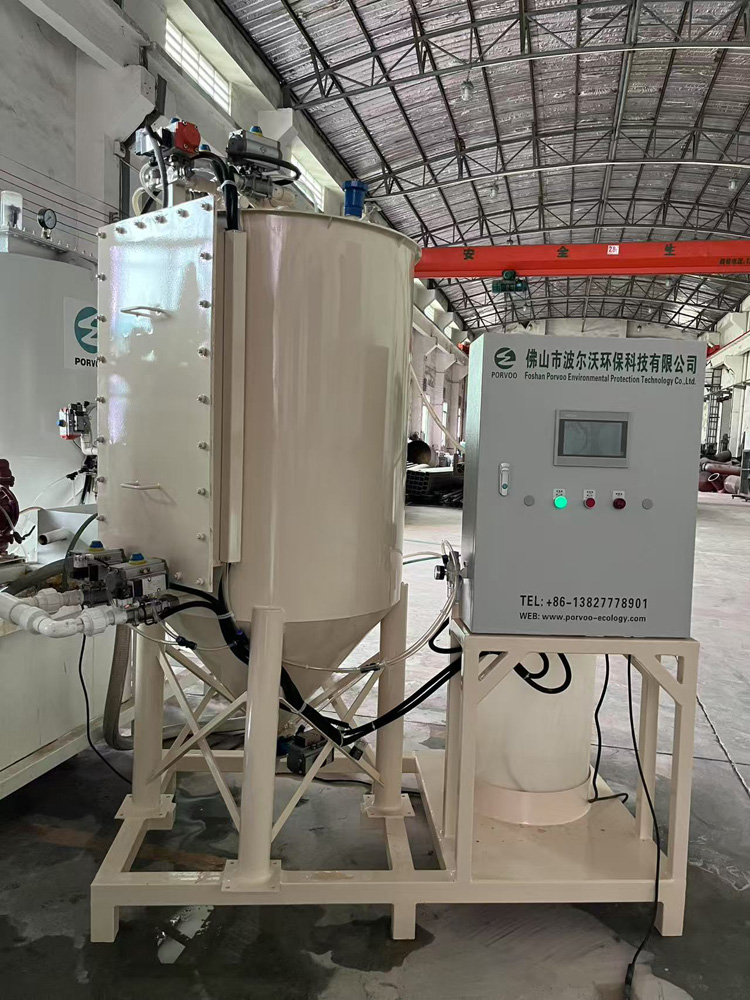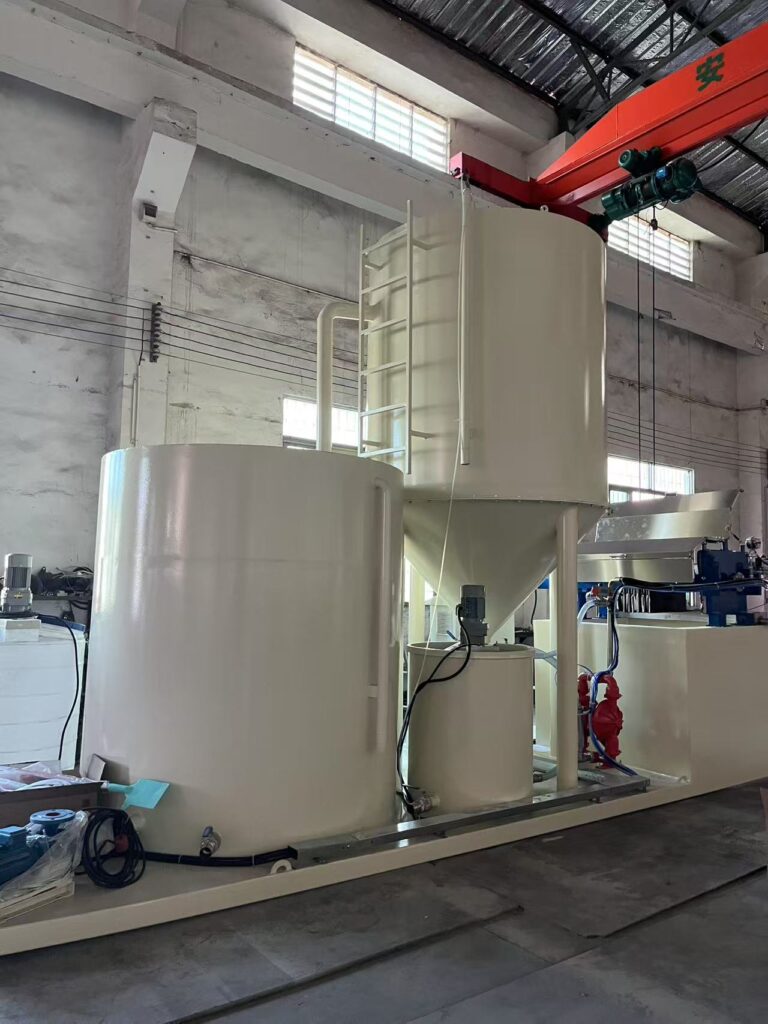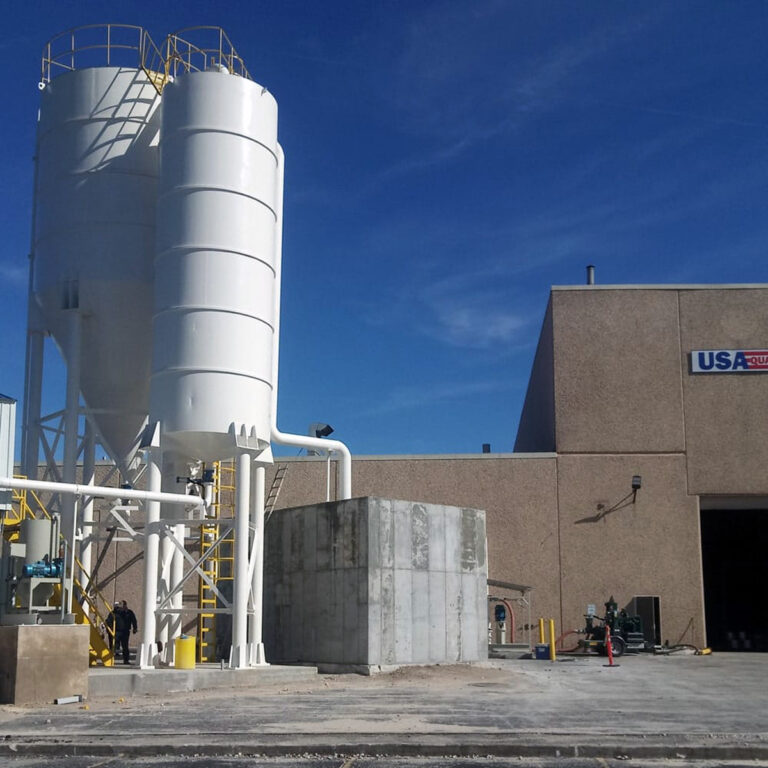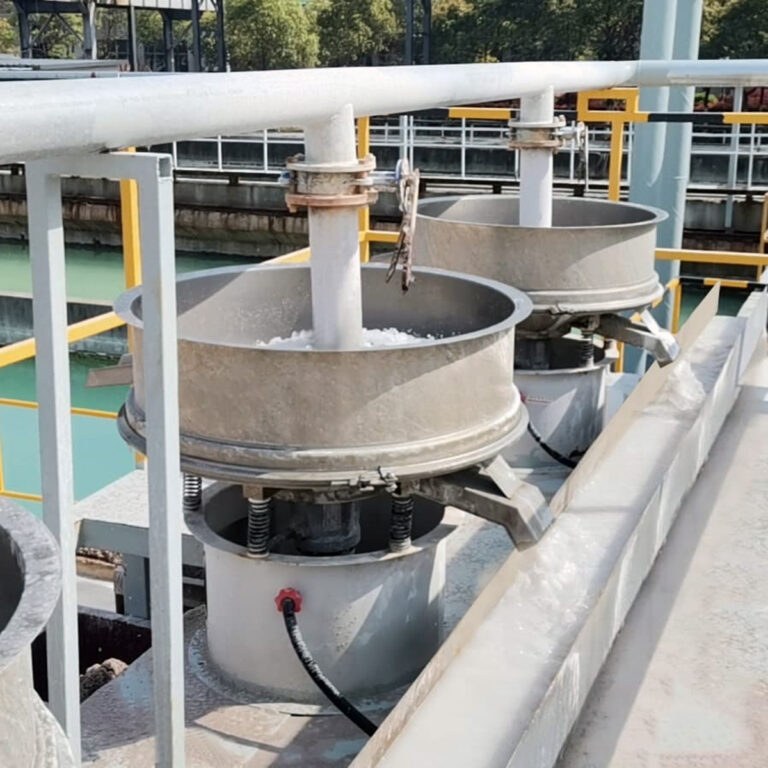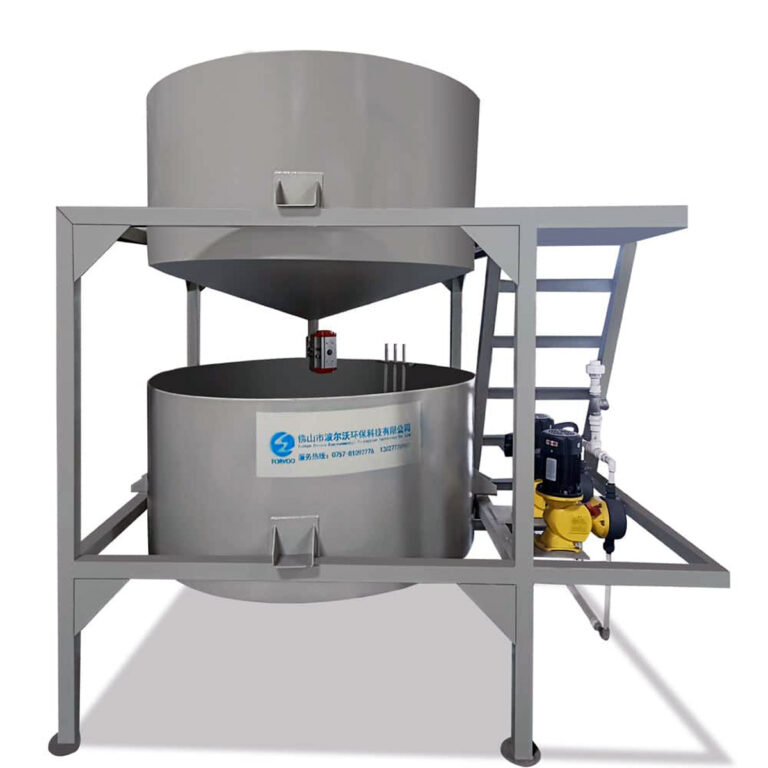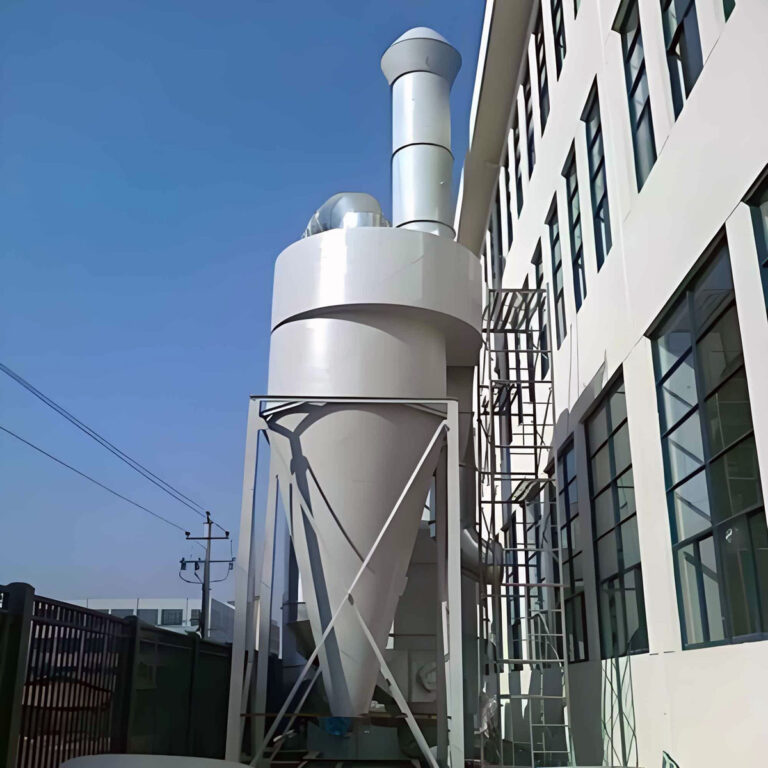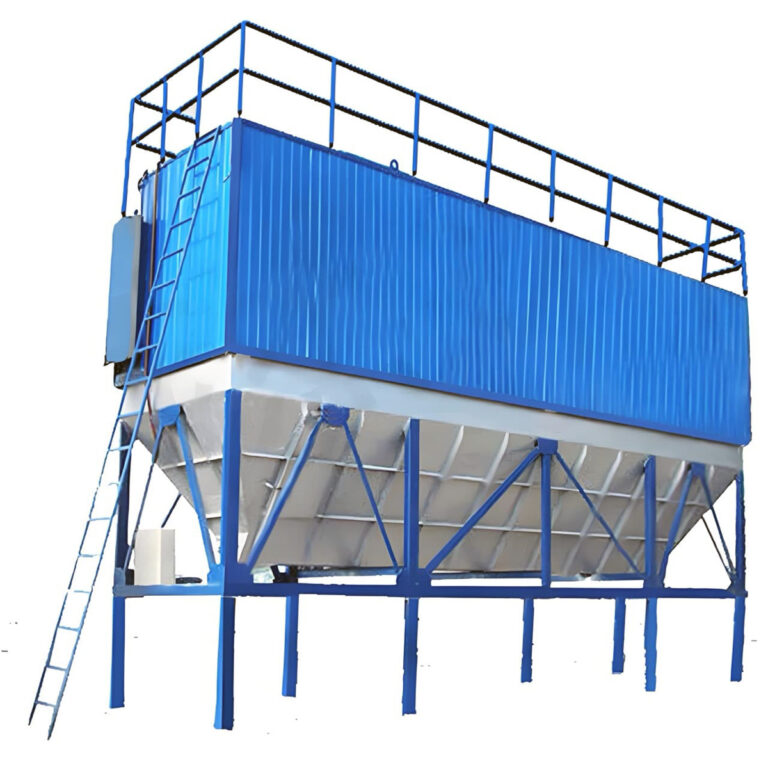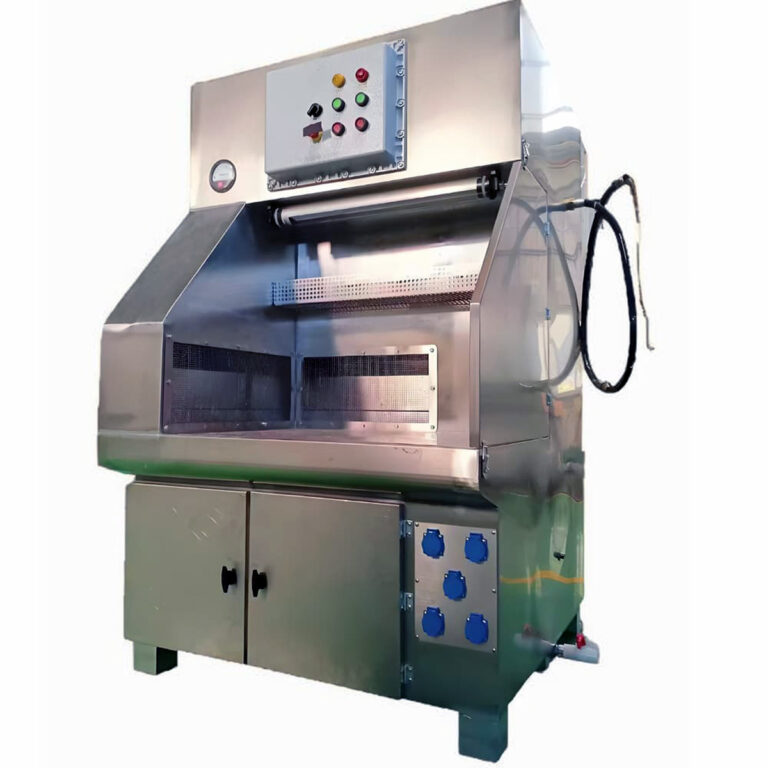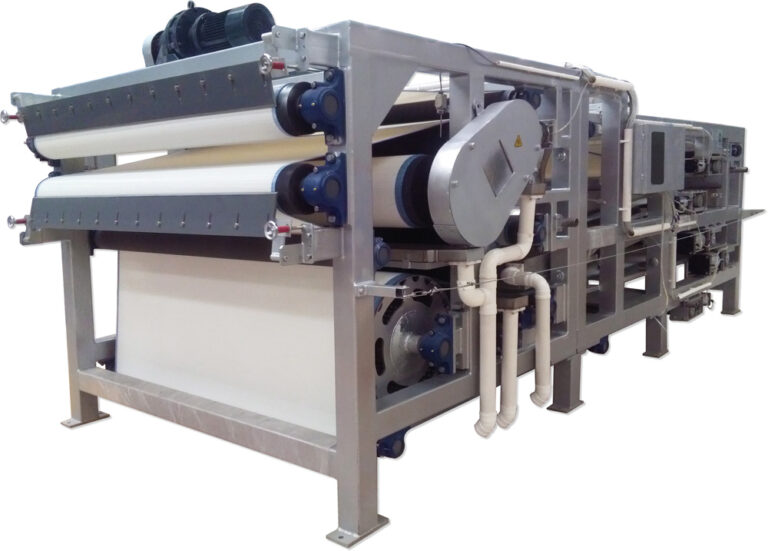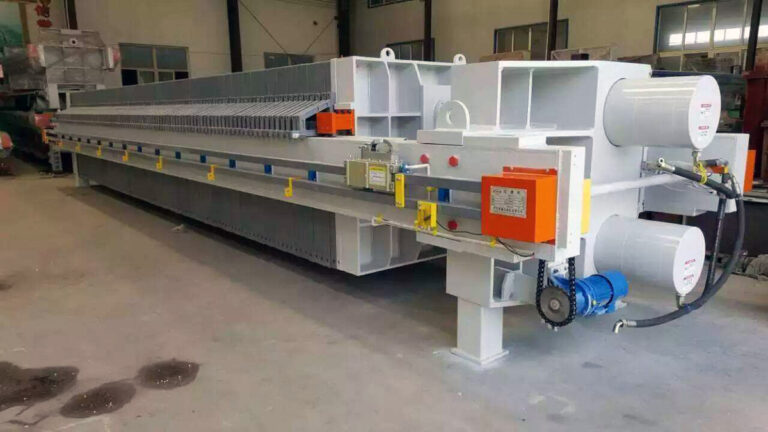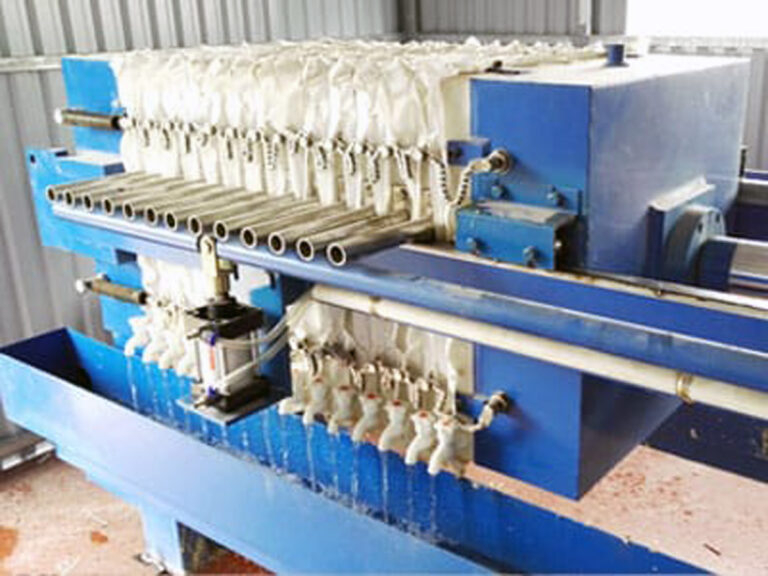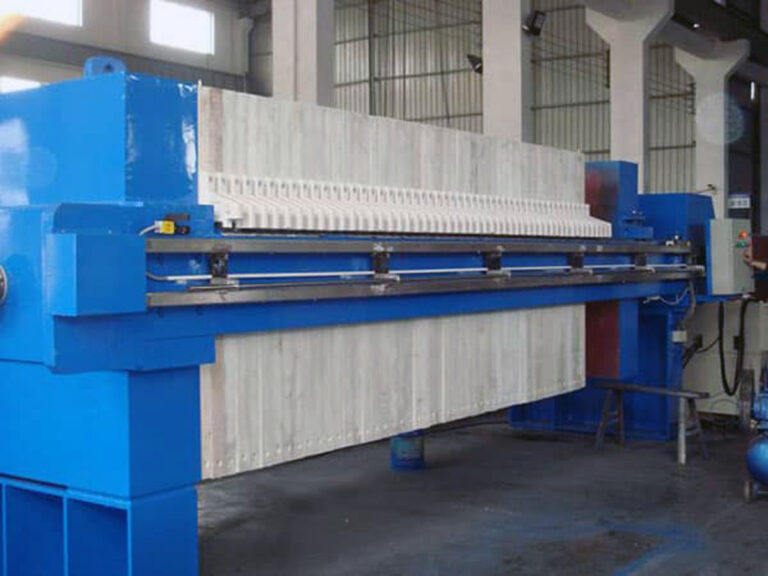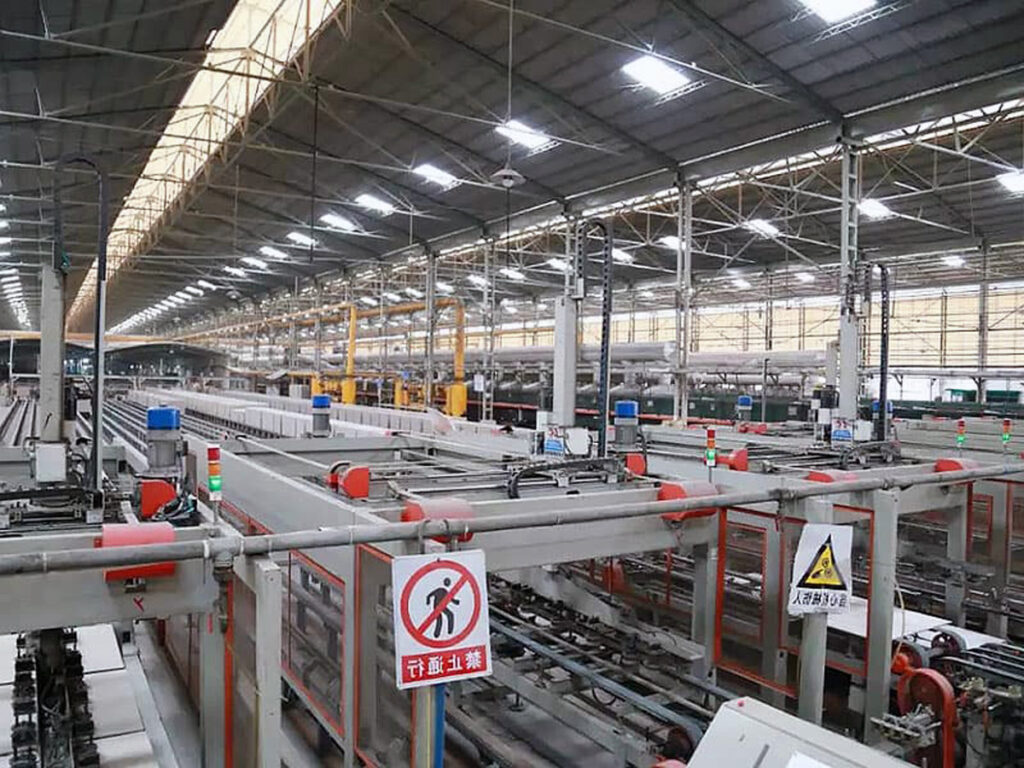Industrial facilities worldwide lose approximately $50 billion annually due to unplanned equipment downtime, with filtration system failures accounting for nearly 15% of these costly interruptions. Your production line depends on reliable filtration performance, yet when problems arise, the complexity of modern industrial filter systems can make diagnosis and resolution challenging even for experienced maintenance teams.
The consequences of delayed filtration troubleshooting extend far beyond immediate repair costs. Contaminated products, regulatory compliance violations, and extended production shutdowns can devastate operational budgets and damage customer relationships. When filtration systems fail, every hour of downtime multiplies your losses while competitors maintain their market advantage.
This comprehensive guide provides systematic approaches to diagnosing, repairing, and preventing industrial filtration problems. You’ll discover proven troubleshooting methodologies, essential diagnostic tools, and expert-backed maintenance strategies that minimize downtime while maximizing system performance. Whether you’re dealing with pressure anomalies, contamination breakthrough, or complex system failures, these solutions will help you restore optimal filtration efficiency quickly and cost-effectively.
What is Industrial Filtration System Troubleshooting?
Industrial filtration system troubleshooting represents a systematic approach to identifying, diagnosing, and resolving performance issues in complex filter installations. Unlike simple residential filters, industrial filtration systems operate under demanding conditions with multiple variables affecting performance, including flow rates, pressure differentials, contamination levels, and chemical compatibility requirements.
Modern industrial filter troubleshooting requires understanding the intricate relationships between system components. A typical industrial filtration setup includes pre-filters, primary filtration elements, housing assemblies, pressure monitoring systems, and automated controls. When problems occur, symptoms often manifest in unexpected locations, requiring systematic investigation to identify root causes rather than merely addressing surface-level issues.
According to the International Filtration and Separation Society, 73% of premature filter failures result from improper diagnosis during initial troubleshooting attempts. This statistic underscores the importance of methodical approaches that consider system-wide interactions rather than isolated component analysis.
Effective troubleshooting begins with establishing baseline performance parameters. Industry best practices recommend documenting normal operating pressures, flow rates, and contamination levels during optimal system performance. These benchmarks become essential reference points when diagnosing deviations from expected behavior.
How to Identify Common Industrial Filter Problems?
Successful filtration system diagnosis depends on recognizing characteristic symptoms that indicate specific problem categories. The most frequently encountered issues fall into three primary classifications: pressure-related anomalies, contamination control failures, and flow irregularities.
Pressure Drop Issues
Excessive pressure drop across filter elements represents the most common filtration system problem, affecting approximately 45% of industrial installations annually. Normal pressure differential typically ranges from 2-15 PSI depending on filter type and application, but readings exceeding manufacturer specifications indicate potential issues.
Gradual pressure increases often signal filter loading with accumulated contaminants, while sudden pressure spikes may indicate filter collapse or upstream equipment problems. In our experience working with pharmaceutical manufacturers, pressure monitoring every 4-6 hours during peak production prevents unexpected failures that could compromise product quality.
| Pressure Drop Range | Probable Cause | Recommended Action |
|---|---|---|
| 2-5 PSI above normal | Filter loading | Schedule replacement |
| 5-10 PSI above normal | Severe contamination | Immediate investigation |
| >10 PSI above normal | Filter failure/blockage | Emergency shutdown |
Contamination Breakthrough
Contamination breakthrough occurs when filtered media contains particle levels exceeding specification limits. This critical failure mode can result from filter element damage, improper installation, or inadequate filter selection for specific applications.
Research conducted by the Filtration Society indicates that 60% of contamination breakthrough incidents stem from incorrect filter specifications rather than equipment failure. Common causes include inadequate micron ratings, incompatible media materials, or insufficient filter surface area for required flow rates.
Detection methods include downstream particle counting, visual inspection of filtered media, and pressure differential monitoring. Advanced facilities utilize continuous particle counters that provide real-time contamination alerts, enabling immediate corrective action.
Flow Rate Irregularities
Flow rate variations indicate system restrictions, pump problems, or filter element issues. Normal industrial systems maintain flow rates within ±5% of design specifications, but significant deviations require immediate investigation.
Reduced flow rates typically result from filter clogging, while increased flow may indicate filter element bypass or system pressure problems. A case study from a chemical processing facility revealed that irregular flow patterns preceded major system failures by 72 hours on average, highlighting the importance of continuous monitoring.
What Are the Essential Diagnostic Tools for Filter System Analysis?
Professional filtration system problems diagnosis requires specialized equipment that provides accurate, quantifiable data rather than subjective observations. The most effective troubleshooting programs combine multiple diagnostic approaches to create comprehensive system assessments.
Pressure Monitoring Equipment
Digital pressure gauges with data logging capabilities form the foundation of effective filtration diagnostics. Modern instruments provide accuracy within ±0.1% of full scale, enabling detection of subtle pressure variations that indicate developing problems.
Advanced pressure monitoring systems include wireless sensors that transmit real-time data to centralized control systems. These installations reduce manual monitoring requirements while providing continuous system oversight. Installation costs typically range from $800-2,500 per monitoring point, but the investment pays for itself through reduced downtime and extended filter life.
Particle Counters and Analyzers
Particle counting equipment quantifies contamination levels with precision impossible through visual inspection alone. Laser-based particle counters detect particles as small as 0.1 microns, providing detailed contamination profiles that guide troubleshooting decisions.
Portable particle counters cost $3,000-8,000 but offer flexibility for troubleshooting multiple systems. Fixed installations provide continuous monitoring but require higher initial investments. As filtration engineer Dr. Sarah Martinez notes, “Particle counting transforms troubleshooting from guesswork into data-driven decision making.”
Flow Measurement Devices
Accurate flow measurement identifies system restrictions and verifies proper operation. Ultrasonic flow meters offer non-invasive measurement capabilities, while electromagnetic meters provide high accuracy for conductive fluids.
Modern flow measurement systems integrate with facility automation networks, providing continuous flow data alongside pressure and contamination monitoring. This integrated approach enables comprehensive system analysis that identifies complex interactions between multiple variables.
How to Perform Systematic Filtration System Maintenance?
Proactive industrial filtration maintenance prevents most system failures while extending equipment life and optimizing performance. Systematic maintenance programs address both predictable wear patterns and unexpected failure modes through structured inspection and replacement schedules.
Preventive Maintenance Protocols
Effective maintenance schedules balance filter replacement costs against downtime risks. Industry data suggests that replacing filters at 80% of maximum pressure drop extends overall system life by 35% compared to run-to-failure approaches.
Maintenance protocols should include visual inspections, pressure monitoring, contamination sampling, and system performance verification. Documentation of all maintenance activities creates historical records that guide future scheduling decisions and identify recurring problems.
A preventive maintenance program for a automotive manufacturing facility reduced unplanned filtration system downtime by 67% over two years. The program included weekly inspections, monthly performance testing, and quarterly comprehensive system audits.
Filter Element Replacement Strategies
Strategic filter replacement considers multiple factors beyond simple pressure drop thresholds. Contamination levels, production schedules, and spare parts availability all influence optimal replacement timing.
Staggered replacement schedules maintain system capacity while reducing maintenance costs. Rather than replacing all filters simultaneously, systematic rotation ensures continuous operation while providing opportunities for thorough system inspection.
| Replacement Strategy | Advantages | Considerations |
|---|---|---|
| Pressure-based | Maximizes filter life | Risk of unexpected failure |
| Time-based | Predictable scheduling | Potential waste of filter capacity |
| Condition-based | Optimizes performance | Requires monitoring equipment |
System Cleaning Procedures
Proper cleaning procedures extend filter life and maintain system performance. Backwash cycles, chemical cleaning, and mechanical cleaning each address specific contamination types and system configurations.
Cleaning frequency depends on contamination levels, filter types, and production requirements. Over-cleaning wastes resources and may damage filter elements, while insufficient cleaning reduces system efficiency and shortens filter life.
What Advanced Troubleshooting Techniques Solve Complex Filter Issues?
Complex filtration problems require sophisticated diagnostic approaches that consider system-wide interactions and multiple contributing factors. Advanced troubleshooting techniques combine traditional methods with modern analytical tools to identify root causes efficiently.
Root Cause Analysis Methods
Systematic root cause analysis prevents recurring problems by addressing fundamental issues rather than symptoms. The “5 Whys” technique works effectively for filtration problems, systematically drilling down through symptom layers to identify underlying causes.
Fishbone diagrams help visualize potential contributing factors across categories including equipment, procedures, materials, and environmental conditions. This structured approach ensures comprehensive problem analysis that considers all relevant variables.
In our experience, approximately 80% of recurring filtration problems stem from procedural issues rather than equipment failures. Addressing training gaps, procedure updates, and quality control measures often provides more sustainable solutions than equipment modifications.
Performance Optimization Strategies
Advanced optimization techniques include computational fluid dynamics modeling, statistical process control, and predictive maintenance algorithms. These approaches identify subtle performance degradation patterns that traditional methods might miss.
Machine learning algorithms analyze historical performance data to predict optimal maintenance timing and identify abnormal operating patterns. While implementation requires significant technical expertise, the results justify the investment through reduced downtime and extended equipment life.
How to Implement Effective Filter Equipment Repair Procedures?
Professional filter equipment repair requires systematic approaches that address both immediate problems and underlying causes. Effective repair procedures minimize downtime while ensuring long-term system reliability.
Common Repair Scenarios
Housing seal failures represent approximately 30% of filtration system repairs, typically resulting from improper installation, chemical incompatibility, or normal wear. Repair procedures include seal replacement, surface preparation, and torque specification verification.
Filter element damage often occurs during installation or removal procedures. Proper handling techniques, appropriate tools, and trained personnel significantly reduce damage rates. A major chemical processor reduced filter element damage by 85% through improved training and procedure standardization.
Valve and control system problems affect system automation and safety features. Regular calibration and testing ensure proper operation, while documentation of all adjustments maintains system reliability.
Spare Parts Management
Strategic spare parts inventory balances carrying costs against downtime risks. Critical components require immediate availability, while less critical items can utilize just-in-time ordering approaches.
Spare parts management systems track usage patterns, predict replacement needs, and optimize inventory levels. Modern systems integrate with maintenance schedules to ensure parts availability when needed.
| Component Type | Recommended Stock Level | Replacement Frequency |
|---|---|---|
| Filter Elements | 3-6 months supply | Monthly to quarterly |
| Seals/Gaskets | 12 months supply | Annually |
| Valves/Controls | 1-2 spares | 5-10 years |
What Are the Benefits and Limitations of Modern Filtration Technical Support?
Contemporary filtration technical support combines traditional expertise with advanced diagnostic capabilities, providing comprehensive solutions for complex industrial applications. However, understanding both advantages and limitations helps optimize support utilization.
Modern technical support services offer remote monitoring capabilities, predictive analytics, and expert consultation that dramatically improve troubleshooting efficiency. Digital platforms provide 24/7 access to technical resources, troubleshooting guides, and expert support networks.
While these advanced capabilities provide significant advantages, they also require substantial technical infrastructure and skilled personnel. Remote monitoring systems cost $10,000-50,000 for comprehensive installations, though payback periods typically range from 12-24 months through reduced downtime.
Limitations include dependency on reliable communication networks, potential cybersecurity vulnerabilities, and the need for ongoing technical training. Additionally, complex system interactions may still require on-site expertise for comprehensive problem resolution.
However, the integration of artificial intelligence and machine learning continues expanding support capabilities. Predictive maintenance algorithms now identify potential failures 2-3 weeks before traditional methods, enabling proactive interventions that prevent costly downtime.
Conclusion
Effective industrial filtration system troubleshooting requires systematic approaches that combine traditional diagnostic methods with modern analytical tools. The key insights from this comprehensive guide include the importance of baseline performance documentation, the value of predictive maintenance strategies, and the critical role of proper diagnostic equipment in identifying root causes efficiently.
Filtration troubleshooting success depends on understanding system-wide interactions rather than focusing solely on individual components. Regular monitoring, proactive maintenance, and systematic problem-solving approaches prevent most failures while minimizing downtime when problems do occur.
Your next steps should include evaluating current troubleshooting procedures, implementing appropriate monitoring systems, and developing comprehensive maintenance protocols tailored to your specific applications. Consider conducting a thorough system audit to identify potential improvement opportunities and establish baseline performance metrics for future reference.
The future of industrial filtration maintenance lies in predictive technologies that identify problems before they impact production. Smart sensors, machine learning algorithms, and integrated support systems will continue revolutionizing how we approach filtration system management.
For facilities seeking to optimize their filtration system performance and minimize troubleshooting requirements, professional industrial filtration solutions provide the reliability and support necessary for sustained operational excellence.
What specific filtration challenges does your facility face, and how might these systematic troubleshooting approaches address your unique operational requirements?
Frequently Asked Questions
Q: What is an industrial filtration system and why is troubleshooting important?
A: An industrial filtration system is a setup designed to remove contaminants from liquids or gases in various industrial processes. Troubleshooting is crucial because it ensures the system operates efficiently, prevents downtime, and maintains product quality. When problems arise, quick and accurate troubleshooting helps identify mechanical failures, operational errors, or upstream/downstream equipment issues, minimizing costly disruptions.
Q: What are the first steps to take when troubleshooting an industrial filtration system?
A: Start by inspecting the filter itself for any mechanical problems such as damaged internal components, seals, or clogged filter media. Next, check the surrounding equipment including pumps, valves, and instrumentation for correct operation and calibration. Also, review operational procedures to verify if the system is being run within design specifications. Separating symptoms from root causes in these areas helps pinpoint the issue effectively.
Q: How can I identify and resolve pressure spikes in my filtration system?
A: Pressure spikes often indicate a malfunction such as valve failure, high solids concentration, or flow rate issues. To resolve them:
- Consult plant operators for any unusual events
- Review operational data like flow rate and pressure parameters
- Visually inspect valves, regulators, filter housing, and instrumentation
- Repair or replace malfunctioning valves or regulators
- Calibrate components and establish a regular maintenance schedule to prevent recurrence
Q: What common filter problems affect water flow and filtration quality?
A: Reduced water flow often results from clogged filters or membranes, mineral scaling, or valve obstructions. Poor filtration quality can arise from saturated or failed filters and system leaks. Solutions include regular inspection and replacement of filters, descaling procedures to remove mineral build-up, clearing obstructions in pipes and valves, and repairing any leaks to maintain system integrity.
Q: How does regular maintenance support effective industrial filtration system troubleshooting and technical support?
A: Regular maintenance prevents many common issues by ensuring filters, seals, valves, and pumps are in good condition. It helps detect wear or malfunction early, maintaining system performance and reducing unexpected failures. Scheduled calibration of instruments and adherence to operating procedures also optimize filtration efficiency, making troubleshooting quicker and more accurate when problems occur.
Q: When should technical support be involved in industrial filtration system troubleshooting?
A: Technical support should be contacted when internal troubleshooting does not resolve the problem, especially for complex issues involving control systems, interlocks, or chemical feed adjustments. They provide expert analysis, assist with diagnostic tools, and guide repairs or upgrades to restore system function promptly and safely.
External Resources
- Troubleshooting Filtration Issues: Managing Pressure Spikes – Offers a step-by-step guide for identifying and resolving common filtration system issues like pressure spikes, including inspection techniques and maintenance strategies.
- Solving the Top 5 Industrial Filter Cartridge Problems – Details the most frequent issues in industrial filter cartridges and provides actionable troubleshooting and technical support recommendations for each.
- Troubleshooting Common Issues with Water Treatment Systems – Explains how to diagnose and solve common filtration, leakage, and performance problems in industrial water treatment and filtration systems.
- Common Problems with Commercial Water Purification Systems and How to Fix Them – Outlines typical challenges in commercial filtration systems, their causes, and detailed troubleshooting steps for restoration and support.
- Cartridge Dust Collector Troubleshooting Guide – Provides technical troubleshooting methods for industrial cartridge-based filtration systems, covering common faults, filter maintenance, and diagnostic routines.
- Industrial Filtration System Support & Troubleshooting Services – Describes available technical support and troubleshooting solutions for a variety of industrial filtration system technologies, including remote assistance and onsite service.
